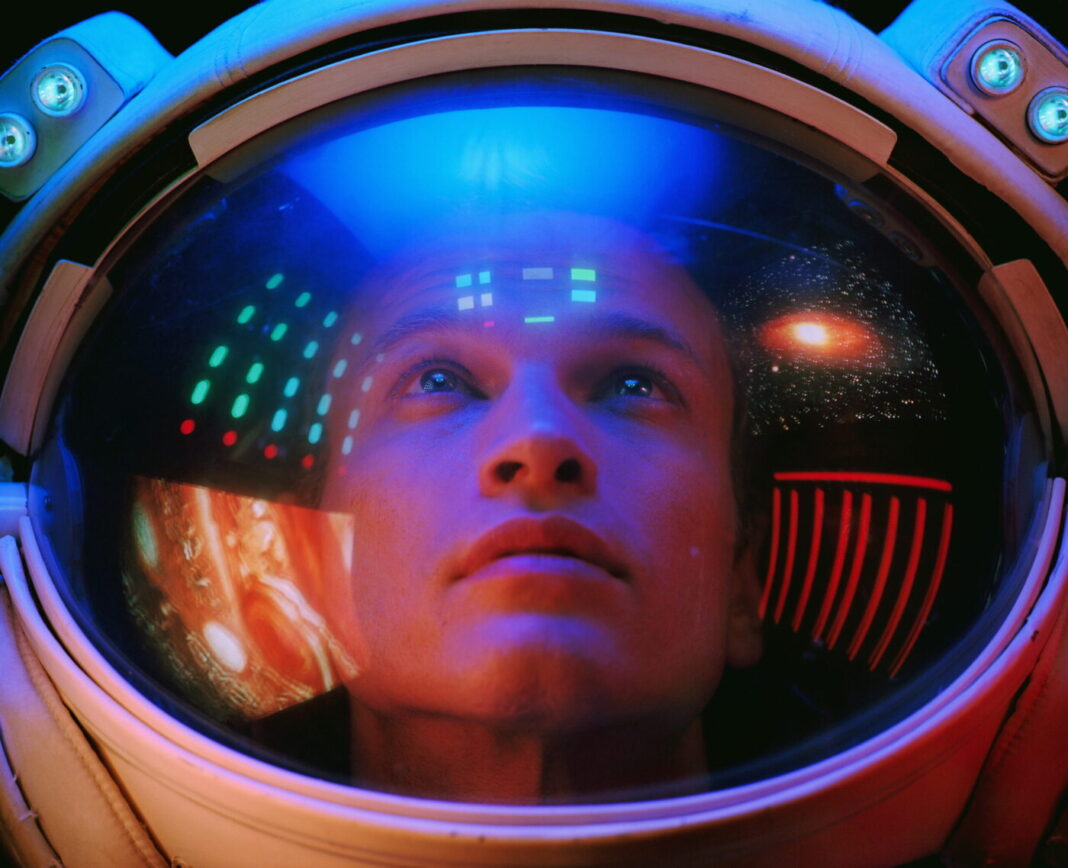Microgravity in space perturbs human physiology and is detrimental for astronaut health, a fact first realized during early Apollo missions when astronauts experienced inner ear disturbances, heart arrhythmia, low blood pressure, dehydration, and loss of calcium from their bones after their missions.
One of the most striking observations from Apollo missions was that just over half of astronauts became sick with colds or other infections within a week of returning to Earth. Some astronauts have even experienced re-activation of dormant viruses, such as the chickenpox virus.
These findings stimulated studies on the effects of weak gravity (microgravity) on the immune system, which scientists have been exploring for decades of manned rockets launches, shuttle travel, and space station stints, or sometimes by simulating space gravity in earthbound labs.
In the last study led by one of the first women astronauts, the late Millie Hughes-Fulford, PhD, scientists at the University of California, San Francisco (UCSF) and Stanford University now have shown that the weakening of an astronaut’s immune system during space travel is likely due in part to abnormal activation of T regulator cells (Tregs).
Tregs normally are triggered to ramp down immune responses when infection no longer threatens and are important regulators of immune responses in diseases ranging from cancer to COVID-19. In microgravity conditions, however, the researchers found changes in Tregs that prepared them to go to work even before the immune system was challenged.
When they stimulated an immune response in human immune cells from blood samples in microgravity, with a chemical often used in research to mimic a disease pathogen, they found that Tregs helped suppress the immune response that was triggered, as described in a paper (“Human immune system adaptations to simulated microgravity revealed by single-cell mass cytometry”) in Nature Scientific Reports.
State of immunosuppression
“Exposure to microgravity (µG) during space flights produces a state of immunosuppression, leading to increased viral shedding, which could interfere with long term missions. However, the cellular mechanisms that underlie the immunosuppressive effects of µG are ill-defined. A deep understanding of human immune adaptations to µG is a necessary first step to design data-driven interventions aimed at preserving astronauts’ immune defense during short- and long-term spaceflights,” write the investigators.
“We employed a high-dimensional mass cytometry approach to characterize over 250 cell-specific functional responses in 18 innate and adaptive immune cell subsets exposed to 1G or simulated (s)µG using the Rotating Wall Vessel. A statistically stringent elastic net method produced a multivariate model that accurately stratified immune responses observed in 1G and sµG (p value 2E−4, cross-validation).
“Aspects of our analysis resonated with prior knowledge of human immune adaptations to µG, including the dampening of Natural Killer, CD4+ and CD8+ T cell responses. Remarkably, we found that sµG enhanced STAT5 signaling responses of immunosuppressive Tregs. Our results suggest µG exerts a dual effect on the human immune system, simultaneously dampening cytotoxic responses while enhancing Treg function.
“Our study provides a single-cell readout of sµG-induced immune dysfunctions and an analytical framework for future studies of human immune adaptations to human long-term spaceflights.”
Hughes-Fulford became the first female payload specialist to orbit Earth with her experiments in 1991, and for decades, until her death due to leukemia in February, she studied the effects of microgravity on health, first with an emphasis on osteoporosis and later with a focus on the immune system. As a researcher at the San Francisco Veterans Affairs Medical Center and a UCSF faculty member long affiliated with the department of medicine, Hughes-Fulford mentored aspiring space scientists, including the co-principal investigators of this latest immunology study.
Health concerns likely to grow
Jordan Spatz, PhD, a space scientist and UCSF medical student who became co-PI of the study after Hughes-Fulford’s death, notes that as space travel becomes increasingly commercialized and more common, concerns over the health status of space travelers are likely to grow.
“Early in the space program, most astronauts were young and extremely healthy, but now they tend to have much more training and are older,” Spatz explains. “In addition, apart from astronauts, with the commercialization of space flight there will be many older and less healthy individuals experiencing microgravity. From a space medical perspective, we see that microgravity does a lot of bad things to the human body, and we are hoping to gain the ability to mitigate some of the effects of microgravity during space travel.”
The new study advanced earlier research led by Hughes-Fulford, confirming some of her previous findings from experiments in space and in simulated microgravity, while contributing additional molecular discoveries. Hughes-Fulford earlier had found weaker responses from T lymphocytes of the immune system, some of which attack specific pathogens directly and some of which help orchestrate the immune response.
“It’s a double whammy,” said co-PI Brice Gaudilliere, MD, PhD, an associate professor in the department of anesthesia at the Stanford University School of Medicine. “There is a dampening of T lymphocyte immune activation responses, but also an exacerbation of immunosuppressive responses by Tregs.”
The researchers also found that “natural killer” lymphocytes were less active under simulated microgravity, while antibody-producing B cells appeared to be unaffected.
The researchers simulated microgravity in blood samples with a specialized, cylindrical, cell-culture vessel with motor-driven rotation, a long-established microgravity research tool, but the method of single-cell analysis was different. The scientists identified individual immune cells by specific type and used metal tags and mass spectroscopy to simultaneously detect and quantify dozens of proteins that play a role in immune function, in addition to confirming previously identified patterns of altered gene activation.



